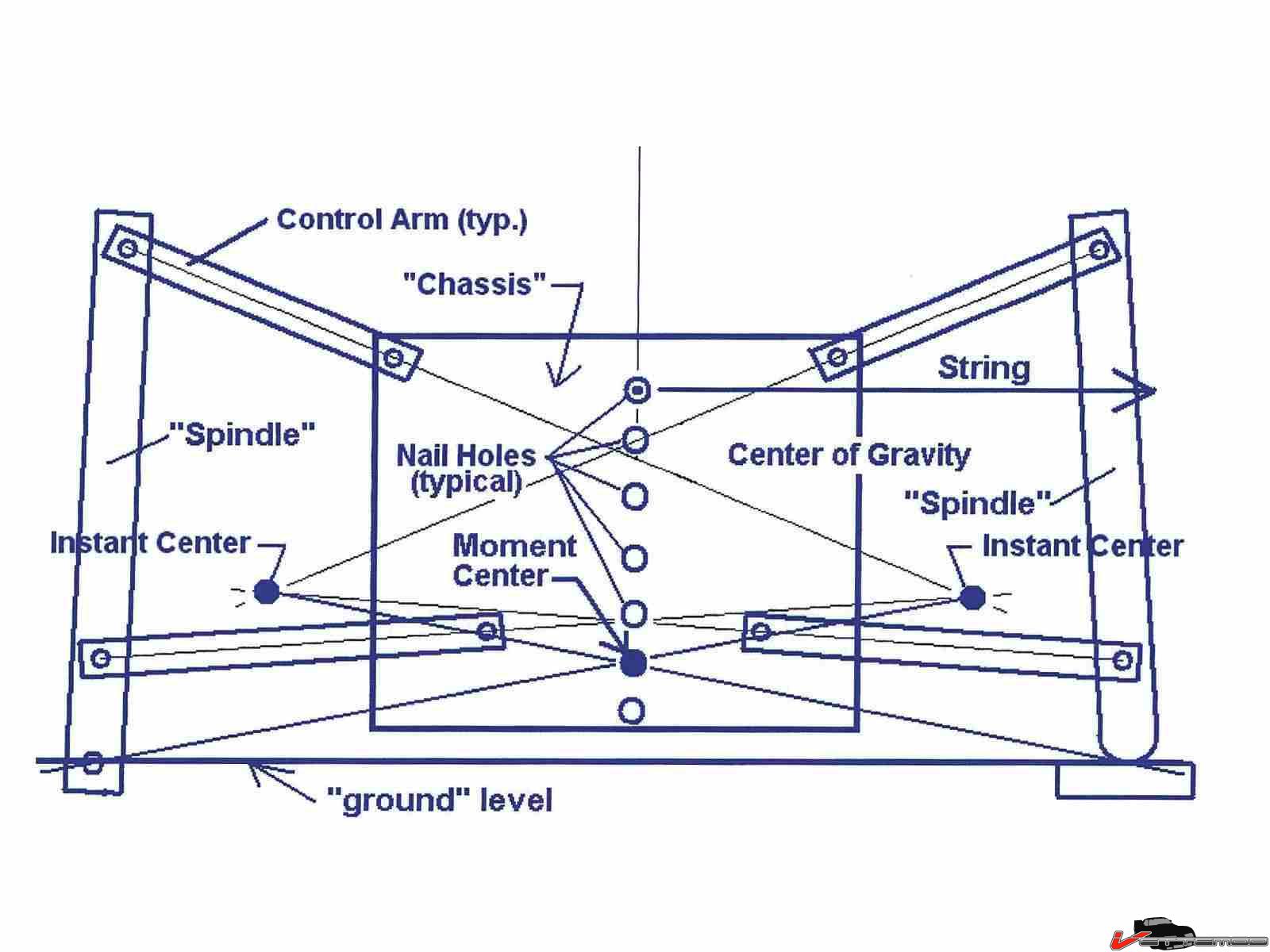I like SUSPROG too - but haven't just yet justified the price. They may still have a free trial period - but it is somewhat limited in its scope during trial.
I found a handy tool a number of years back and just relocated it on my HDD.
I couldn't load as a zip, so changed to a pdf extension. It will not open as a pdf.
This is a zip file not a pdf. It is an Excel spreadsheet.
It is a simple suspension analysis program built by a kiwi.
Lets you make changes - check the RC/IC movement.
His blog has gone dark and I have no email address for him, but this works pretty well.
{But it is a bit of effort to download.}
You'll need Excel and a zip/unzip tool
Use these steps:
- RIGHT CLICK Choose Open Link in Another Tab.
- CHOOSE Save File
- CLICK OK to download it.
- Go DOWNLOAD ARROW - upper right corner and LEFT CLICK on the ARROW
- HOVER OVER the Name and RIGHT CLICK
- Choose Open Containing Folder
- RIGHT CLICK choose to Rename
- CHANGE the "pdf" to "ZIP"
- Click YES
- UNZIP - your choice of tools
- Then OPEN in Excel.
- SAVE - if you like and want to keep
Sorry for the pain but it's free. Send George a beer if you like it. I tried t make the actions required as clear as possible. Hope it works for you. I've tested it several times and seems clear...All measurements are metric except the tires. It is a bit limited on the range of tire sizes, but useful none the less.
Cheers - Jim




 Reply With Quote
Reply With Quote








